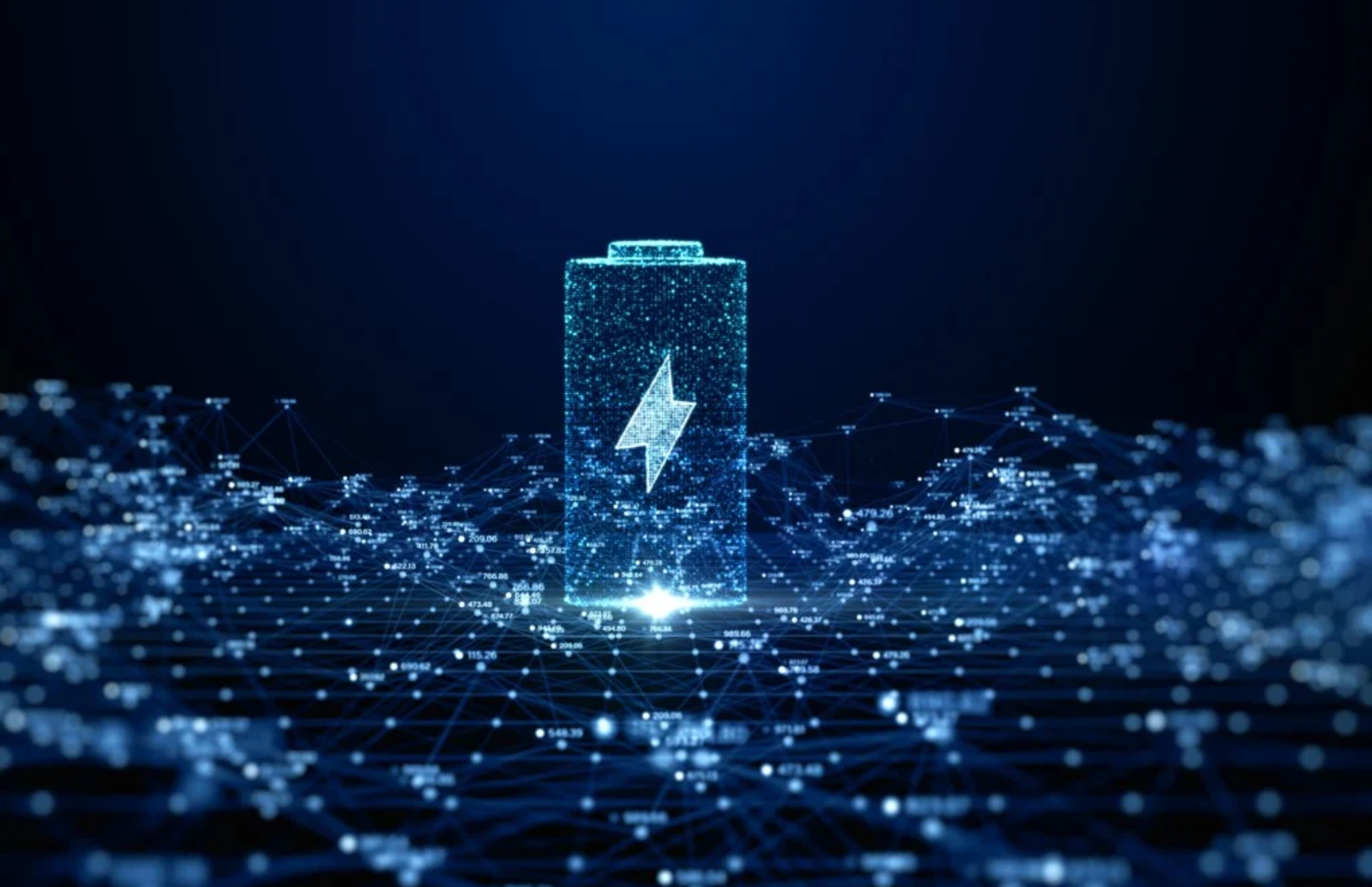China restricts export of battery cathode material and lithium extraction technologies
Opinion Pieces

22
Jul
2025
China restricts export of battery cathode material and lithium extraction technologies
On 15 July 2025, China's Ministry of Commerce (MOFCOM) revised and released the Catalogue of Technologies Prohibited and Restricted from Export. The update adds "cathode material preparation technology for batteries" and five lithium extraction technologies to the restricted export list.
Compared to the draft Catalogue released in January this year, the updated version lowers the compaction pressure testing condition from 300MPa to 220MPa and reduces the tap density requirement for iron phosphate from 2.1 g/cc to 1.2 g/cc. This expands the scope of restrictions, primarily targeting next-generation higher-specification lithium iron phosphate (LFP) technologies, classified as late third-generation and fourth-generation LFP. Fourth-generation LFP materials are high-end products in China, with only a few leading enterprises currently achieving stable mass production.
Chinese companies produce nearly 90% of the world’s LFP cathode materials and hold nearly 60% of global LFP patents. China is also the only region globally capable of 100% self-sufficient industrial supply and large-scale production capacity.
In recent years, mainstream OEMs in Europe and North America have committed to adopting LFP batteries, while local governments continue to roll out incentives to promote energy storage. Driven by this dual demand, both markets will further expand consumption of LFP. Short-term Western demand remains focused on mid-to-low-end products, where restrictions on advanced technologies have limited impact. However, as performance requirements for LFP batteries rise in these markets, China’s restriction on high-end LFP technologies could threaten supply chain stability.
The restrictions on lithium extraction technologies cover: spodumene-based lithium extraction for lithium carbonate & lithium hydroxide production, metal lithium (alloy) preparation technologies, brine lithium extraction technologies and solution-based lithium-containing purification technologies. These technologies play critical roles in global lithium resource development and battery-grade lithium salt production, with China being one of few countries possessing full engineering capabilities.
China accounts for 60% of global lithium processing capacity but relies on imports to feed over 50% of this capacity. High dependence on overseas lithium ores and domestic low-grade salt lake resources drove advances in extraction technology, resulting in China becoming a global leader in brine lithium extraction, whilst also achieving technological maturity in spodumene processing. These restrictions protect domestic cost advantages in advanced extraction technologies and compel overseas firms to increase lithium resource acquisition costs.
Overall, this technological control is China's strategic move to safeguard its global supply chain influence and address geopolitical risks. The USA’s “One Big Beautiful Bill", which was signed on 4 July, for the first time restricts intellectual property licensing, aiming to acquire Chinese technology to maintain domestic project competitiveness. The technological restrictions can protect its high-end core process advantages, while leveraging "technological scarcity" to secure influence over the supply chain.